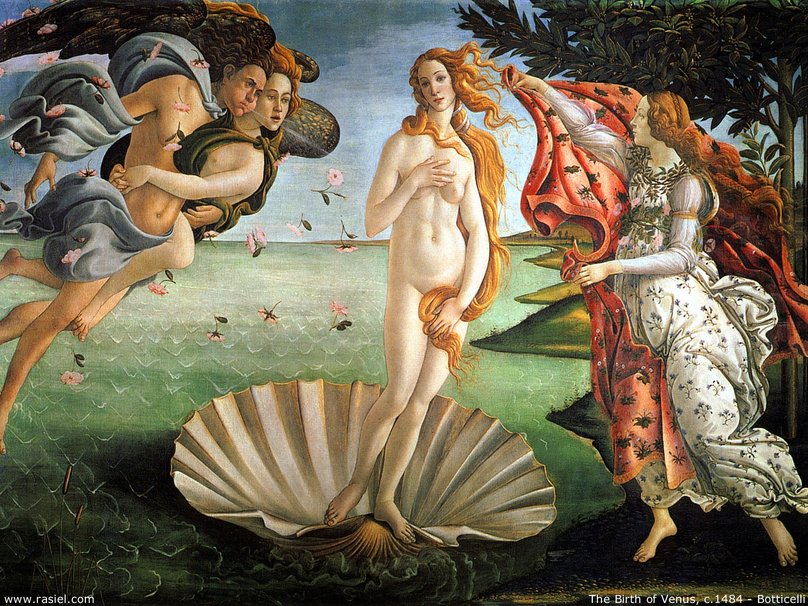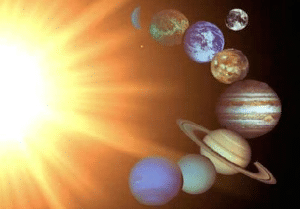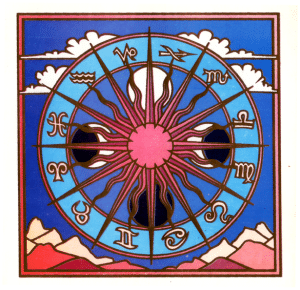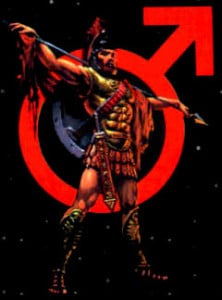Bringing astrology together with decades of experience in mapping consciousness through Buddhist meditation has been a fruitful way for us to understand our talents, pitfalls and personal preferences. This has allowed us to adapt and learn and make more conscious choices on our way towards greater spiritual unfoldment. Buddhadharma calls this “liberation.” We call it freedom.
Why learn about AstroDharma?
Since the context is Buddhadharma, the teachings of awakening or transcendence of suffering, everything we learn through astrological tools is wielded towards this dharmic end. We use astrology to better understand our self, our conditioning, our strengths and weaknesses, and potential. We leverage all of that through a dharmic lens, to get over our egocentricity and to be of better service to others and the planet. This inevitably alleviates suffering, our own as well as others, one of the fundamental “goals” of Buddhadharma. As Westerners we tend to like to talk about ourselves and self-improvement, and it can be a lot of fun and very rewarding to sit around with people versed in astrology and read and interpret our natal chart. At our retreat center, Clear Sky, we might be talking about what’s happening with our lives over meals together and we’ll pull our natal charts out and have a look at what light it can shed. We may be looking at a situation that’s puzzling us, or exploring how to best move forward when we feel like we’re at a crossroads.
The Fundamental Elements of AstroDharma
Like all spiritual paths, astrology is complex, and the potential learnings are vast. Fortunately, a little bit of knowledge and self-knowledge can go a long way. One can understand a lot by only focusing on three fundamental things about a natal chart: the location of the sun, moon, and ascendant at the time of birth. By “location,” we mean the zodiac sign and the house each of these are in. Knowing the aspects (relationships) to other planets would be a major bonus.
The Sun
Our sun is our essence, the hero of our life’s journey. It’s our task to enable it to shine, so that we provide light and warmth for others, and feel a sense of victory in life. It’s an indicator of our vitality. All the other planets in our chart orbit around the themes shown by the placement of our sun.
The Moon
Our moon shows our feeling nature, as shaped by our relationship with our mother. This includes our relationship to our body (i.e., how we nurture it), our relationships with others, and how we feel grounded or at home. In short the moon’s placement indicates how we care, on a personal level.
The Ascendant
Our ascendant was the zodiac sign on the horizon at our time of birth, and as such it’s the filter through which we see the world. Is the world a friendly place, a gladiator’s ring, or a grand adventure? Our Ascendant casts a particular hue on all our perceptions.
Keys to Transformation
Another one of our favorite astrological elements to look at in a chart is the moon’s north and south nodes. We find these fascinating because they indicate our spiritual path in this lifetime.
The South Node 
Where we start with our karma and family, or tribal conditioning, is shown by the south node’s placement. It tends to be where we get stuck, so we manifest the less healthy characteristics of that sign in the parts of our life indicated by the house.
The North Node 
In order to transcend our karma in this lifetime, we have to make our way to the north node, the exact opposite of our south node, what we were born into. Usually the qualities of the north node as shown by sign and house feel entirely foreign to us initially. In a sense we have to consciously reinvent ourselves to get there. A wonderful side-effect is that when we make our way to the north node, the positive elements of the south node become available to us as native talents. Who doesn’t love free bonuses when they’re so useful?
Integrating the Shadow
We also find astrology an optimal resource for identifying and integrating the shadow. Integrating our shadow is perhaps the fastest way to turbo-charge our spiritual unfoldment, and reduce our suffering. Some indicators of the shadow are what we have in the 7th house, which is the house of one-on-one relationships. Whatever sign or planet we have in the 7th house is a part of ourselves that we usually project onto our significant others. Part of our shadow integration is to own it in ourselves again, to relieve others of the burden of carrying that for us. Another shadow integration tool is the 12th house. It is both the house of the unconscious and – after a great deal of spiritual effort – that of the superconscious or transcendental. Whatever is located there is usually an unconscious resource, currently disowned and waiting to become a resource in service to the cosmos. The location of the planet Saturn is also a terrific indicator of where we experience obstacles or challenges, and thus can become areas in our lives that we’d just rather not deal with. When we mature into owning these qualities as part of ourselves, the challenges become strengths we become known for. An integrated Saturn also gives us the ability to access to the more powerful universal energies of the outer planets: Uranus, Neptune and Pluto.
How is AstroDharma different from other spiritual practices?
Without realizing it, most of us as Westerners are already familiar with most of the astrological archetypes. Most of us know, or catch on quickly, that Venus is about love, Aquarius is about community and utopian ideals, and Mars is about masculinity and assertiveness. No surprises there – it’s all built into our cultural understanding. Being based in our cultural paradigm makes astrology very accessible for Westerners. Since time and energy can be in short supply, for some of us it makes sense to pick low-hanging fruit to advance our spiritual practices. Putting astrology and Buddhadharma together has been a fascinating experiment for us. On the one hand, Buddhadharma is all about understanding that there isn’t really a self, a “me.” We’re all manifestations of a universal consciousness, and the less I dwell on me, the happier and more useful to others this “non-me” can be, if you catch our meaning. That said, particularly in the West, we’re all raised and conditioned to be very aware of me – my needs, my health, my talents, my individuality, my personal creative expression. So to get from this glorified, conditioned and almost “worshiped” me to “non-me” is quite a journey. Astrology is a very effective tool to study this me, in order to transcend it. It helps us get beyond “little ol’ me” to consider grander concerns, such as all living creatures on the planet, and the cosmos. Our natal astrological charts or horoscopes show what the planets were doing in the sky at our moment of birth. They are a highly personalized map of how to get to transcendence or universal consciousness from wherever we happen to be at the moment, and what we can expect along the way.
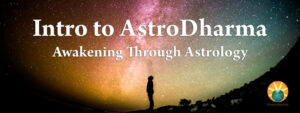
Free AstroDharma Resources
Free AstroDharma Resources
- AstroDharma Reference Chart (Handy printable guide)
- The 3 Most Important Parts of Your Chart (Video)
- AstroDharma and Relationships (Video)
How We Use AstroDharma
At our meditation centre, we use Western astrology alongside Buddhist philosophy and meditation practice. This helps our students transform their challenges more effectively.
There are five key aspects of AstroDharma study:
1. Understand how to read your own astrological birth chart.
2. Harness and develop its positive elements wisely.
3. Recognize and overcome elements that may be out-of-balance.
4. Use this knowledge to redirect your energy into more effective patterns of living.
5. Use meditation and ideally work with teachers and a spiritual community to go deeper and fully investigate and liberate the subtle patterns and conditioning.
Teacher Bio
Since the early 2000s Catherine has provided dharma training and taught the path of awakening to hundreds of students, together with Doug Duncan Sensei and on her own. In addition to Astrology and Buddhist philosophy and their applications to daily life, Catherine also draws on generative living (a.k.a. sustainability) and the arts.
Catherine is from a lineage of spiritual awakening that values the best of Eastern and Western philosophy. Her partner Doug Duncan Sensei and their teacher Namgyal Rinpoche excel in teaching both methods. This is an ideal training for Westerners, and an evolution of traditional teachings for the modern seeker.
In addition to Planet Dharma and Clear Sky, her website GionFestival.org shares her ground-breaking work on the spiritual traditions and sustainability of Kyoto’s 1100-year-old Gion Festival.
Free AstroDharma Resources – Join our Community



